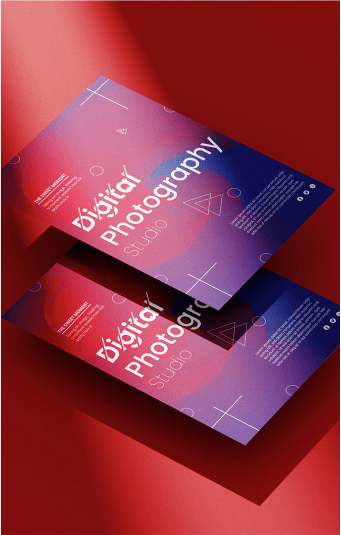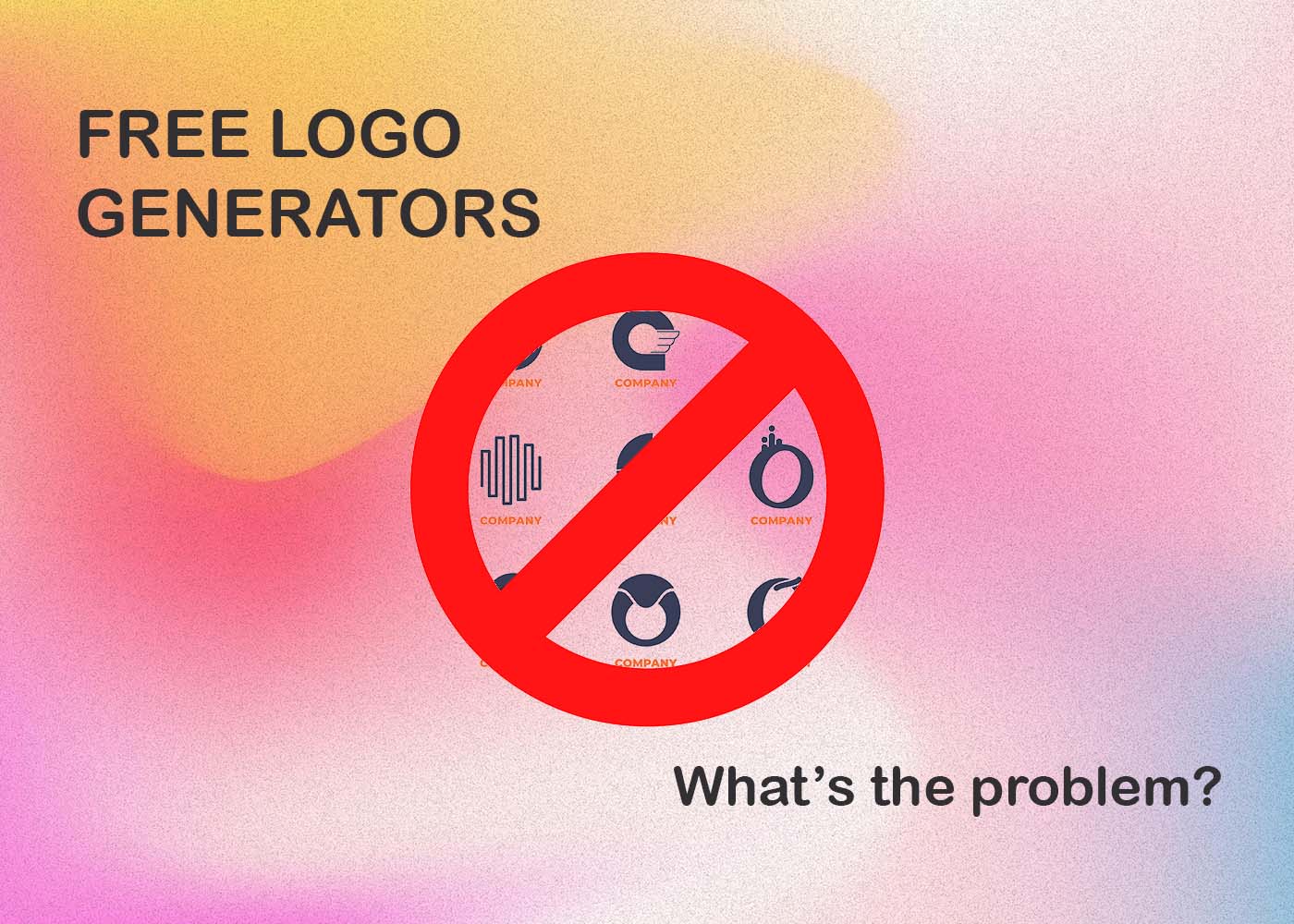Are you looking for an API that can access data faster and easier? Are you researching ways to improve your web applications’ performance with a more efficient framework? If so, then GraphQL may be the answer. GraphQL is growing quickly as an alternative to traditional RESTful APIs for data fetching and manipulation, boasting features like interchangeable query systems, auto-completion of requests, declarative data fetching operations, and much more. In this blog post, we will take a look at how GraphQL differs from traditional RESTful APIs, explore its various benefits and discuss how it could benefit your next project. So if you’re ready to learn about this amazing new technology – let’s get started!
What is GraphQL and How Does it Differ from RESTful APIs
GraphQL is a query language that allows you to interact with your data in a much more flexible way than traditional RESTful APIs. With GraphQL, you can request only the data you need, making your queries much more efficient. RESTful APIs, on the other hand, require you to make multiple requests to get the same information. Additionally, GraphQL allows you to define a schema that includes all the types of data that your API can return, which can simplify the development process. This makes working with queries and mutations a lot more intuitive and reduces the risk of errors. Overall, GraphQL offers a more customizable and streamlined approach to API development.
Benefits of Using GraphQL for Data Fetching & Manipulation
GraphQL is a powerful tool for data fetching and manipulation that has been gaining popularity among web developers in recent years.
- One of the biggest benefits of using GraphQL is that it allows developers to retrieve only the data they need, which can significantly reduce the amount of data transferred over the network and improve application performance.
- Additionally, GraphQL makes it easier to manage queries for mobile devices with limited bandwidth and unreliable networks.
- Another advantage of GraphQL is its flexibility, which allows developers to easily modify their data schema without breaking existing queries.
With these benefits and more, it’s easy to see why developers are flocking to GraphQL for their data needs.
Advantages of GraphQL over RESTful APIs
In recent years, GraphQL has emerged as an alternative to RESTful APIs, especially for building mobile and web applications.
- One of the most significant advantages of GraphQL is that it allows clients to request only the data that they need. This means that GraphQL can reduce over-fetching and under-fetching, which can be a common problem with RESTful APIs.
- Additionally, GraphQL has a strong type system, which provides clients with better visibility and predictability of the data queried.
- Another advantage of GraphQL is that it simplifies versioning, enabling clients to add or remove fields without requiring a version number update.
By leveraging these benefits, GraphQL helps developers build more efficient, flexible, and scalable APIs for their applications.
How to Set Up Your GraphQL Server
Setting up a GraphQL server can seem daunting, especially if you’re new to the technology. There are a few key steps you’ll need to follow to get started.
- First, you’ll need to choose a server environment that supports GraphQL, such as Node.js.
- Then, you’ll need to set up a schema that defines the types of data your server will handle.
- From there, you can start implementing resolvers to fetch and serve data to your clients.
With a little bit of effort and attention to detail, you can have your GraphQL server up and running in no time!
Common Use Cases for GraphQL in Web Development
As web development technologies advance, GraphQL emerges as a popular choice for developers looking to optimize their code.
Web & Mobile App Development
A popular use case of GraphQL is building APIs for web and mobile applications. The query language allows developers to design an API that retrieves only the data needed by the application, resulting in faster response times and improved performance. GraphQL also provides a reliable solution for data aggregation, real-time data sync, and caching. Its versatility and scalability make it a popular choice for companies with high-traffic websites or applications that require frequent updates.
eCommerce Mobile App Development
By leveraging GraphQL, businesses can streamline their development process and provide their users with better, faster performance. GraphQL enables efficient API calls by allowing developers to request and receive only the data they need to fulfill a given task, rather than a full payload of information. This technology can have numerous practical applications, including for ecommerce websites and ecommerce mobile app development. By utilizing GraphQL, ecommerce stores can improve their checkout processes by limiting the amount of necessary customer data, while mobile apps can reduce the amount of bandwidth usage and speed up the load time for users.
Best Practices for Writing Queries in GraphQL
Writing queries in GraphQL can be quite different from traditional RESTful APIs. To ensure effective communication between the client and server, it is important to follow best practices for writing queries in GraphQL. These practices include utilizing aliases, fragments, variables, and directives properly, and avoiding nesting queries too deeply. By implementing these best practices, developers can make their GraphQL queries more concise, efficient, and easier to understand. So, keep these practices in mind and get ready to write high-performing GraphQL queries.
Challenges & Potential Issues With Adopting the GraphQL Approach
Adopting the GraphQL approach can be an enticing solution to address the limitations of traditional REST APIs. However, this approach comes with its own set of challenges and potential issues. One of the major hurdles is the steep learning curve. GraphQL is drastically different than REST and therefore requires a new way of thinking from developers. Additionally, implementing GraphQL can be complex and may require significant changes to the tech stack. Other challenges include versioning and caching, which must be carefully managed to avoid issues with backward compatibility and performance. Despite these hurdles, the potential benefits of adopting GraphQL, such as improved performance and reduced network overhead, make it a worthwhile approach for many applications.
Conclusion
All in all, GraphQL is a powerful and versatile technology for data-fetching from a backend server that can be used both as an alternative to RESTful APIs and as a complementary tool to traditional database queries. By leveraging GraphQL’s self-documentation, query composition, flexible schemas, and easy data access, developers can easily and efficiently build out fast and secure web applications. With its wide range of use cases — such as React data fetching — GraphQL is the ideal option for scalability in full-stack development. Furthermore, understanding best practices such as proper query composition and structure can provide even further value when utilizing GraphQL. With its vast array of advantages over traditional databases, there’s no wonder why GraphQL has become so popular in modern-day web application development.









